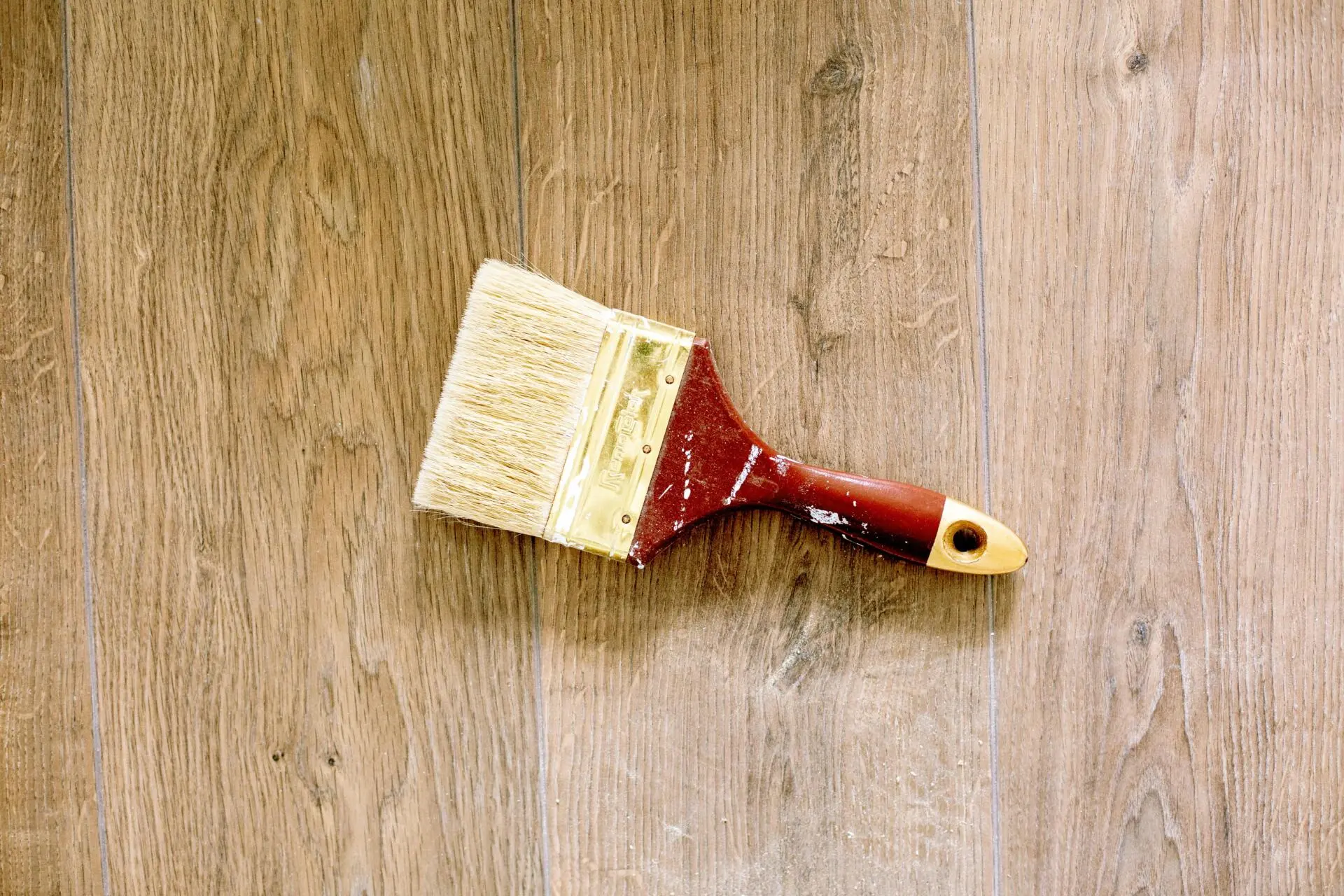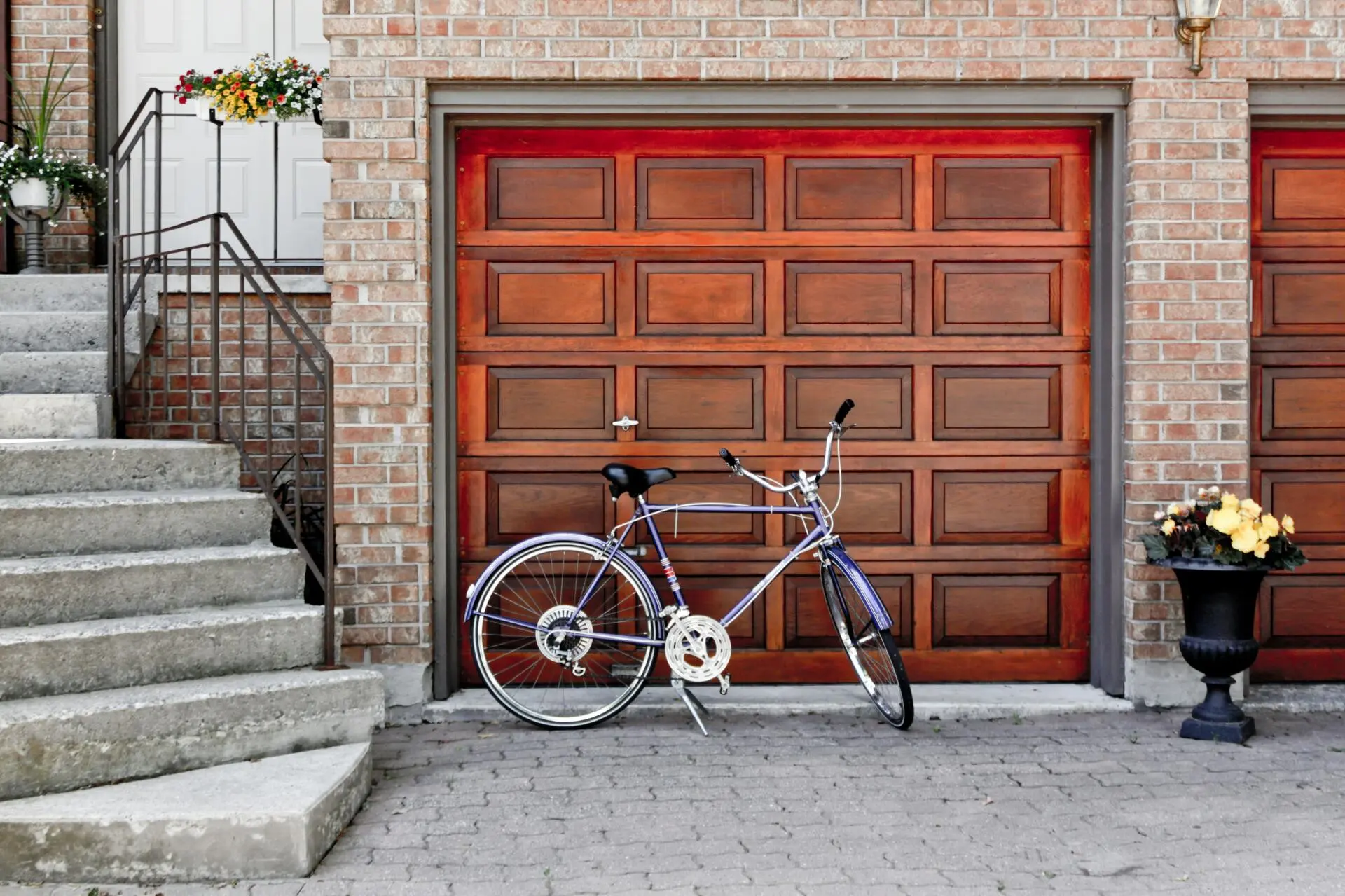Have you ever felt overwhelmed at the thought of renovating your entire home? It’s a big task that can leave you wondering where to start or how to manage it all. Home renovations can be exciting, but when tackled all at once, they can also become stressful and expensive. Breaking the process into smaller, manageable projects is a smarter approach. Working on one room at a time allows you to stay organized, control costs, and enjoy the transformation without feeling overloaded.
In this blog, we will share practical ways to handle home renovations one room at a time, helping you bring your vision to life step by step.
1.Start with a Plan
Before starting any renovation, it’s essential to create a clear plan. Take time to list the rooms in your home that need updates. Rank them in order of importance or urgency. For example, focus first on spaces that need immediate repairs, like a leaky roof or broken flooring.
Think about your goals for each room. Are you looking for functional changes, aesthetic updates, or both? Write down specific ideas, and set a realistic budget for each space. This will keep you on track and help you avoid unnecessary expenses. A detailed plan is your roadmap to a successful home renovation.
2.Focus on High-Traffic Areas First
High-traffic areas like the kitchen and bathroom often need attention sooner. These spaces are used daily, and wear and tear can build up quickly. Starting here can provide noticeable results that improve your quality of life right away.
For example, bathroom updates can make a big difference. Simple changes like a fresh coat of paint or new fixtures can refresh the space. If your shower is outdated or not working properly, consider a shower replacement to improve both function and style. Small upgrades in high-traffic areas create momentum for future projects and boost your home’s overall value.
3.Take on the Bedrooms Next
Bedrooms are your personal sanctuary. Once the busy areas are complete, shift your focus to creating comfortable and relaxing spaces in your home. Start with essentials like repairing any structural issues, updating the flooring, or painting the walls.
Think about adding touches that make the space inviting, such as new bedding or window treatments. Upgrading storage solutions, like built-in closets or stylish shelving, can help reduce clutter and keep the room organized. A cozy, functional bedroom can make a big difference in how you feel at home.
4.Transform the Living Room
The living room is often the heart of a home, where family and friends gather. Consider what changes will make this space more welcoming and functional. Start with small improvements like updating lighting fixtures or rearranging the furniture to improve the flow of the room.
If the walls look tired, try repainting in a fresh, neutral color to brighten the space. You could also add decorative elements like throw pillows, rugs, or artwork to enhance the room’s style. These updates can give your living room a refreshed look without requiring major renovations.
5.Spruce Up the Kitchen
The kitchen is another important space that deserves attention. Even small updates can have a big impact. Replacing cabinet handles, installing a stylish backsplash, or upgrading appliances can make the kitchen more enjoyable to use.
If you’re ready for a bigger project, consider refinishing or replacing cabinets for a more modern look. Adding extra storage, like pull-out drawers or open shelving, can also make the space more functional. By tackling one project at a time, you can transform your kitchen without feeling overwhelmed.
6.Upgrade Outdoor Spaces
Don’t forget about the exterior of your home. Outdoor spaces like patios, decks, and yards are an extension of your living area. Start with maintenance tasks like cleaning, repairing, or repainting surfaces.
You can also enhance these areas with landscaping updates, outdoor furniture, or decorative lighting. Adding plants, whether in pots or flower beds, brings life and color to your outdoor spaces. By improving your home’s exterior, you’ll boost curb appeal and create an inviting environment for relaxing or entertaining.
7.Refresh Hallways and Entryways
Hallways and entryways often get overlooked during renovations, but they play an important role in connecting your home. These areas set the tone for the rest of the house, so giving them some attention is worth the effort.
Consider upgrading lighting fixtures or adding wall art to make these spaces feel brighter and more welcoming. Replacing old flooring or adding a durable runner can also improve their appearance. A refreshed hallway or entryway can tie the rest of your renovations together seamlessly.
8.Work Within Your Limits
It’s easy to get carried away with home renovations, but staying realistic about your time, budget, and abilities is important. Focus on completing one room before moving to the next so you don’t end up with unfinished projects throughout your home.
If a task feels beyond your skill level, don’t hesitate to hire professionals for help. Whether it’s installing new flooring, handling electrical work, or tackling larger renovations, experts can save you time and prevent costly mistakes. Remember, tackling your home renovations one step at a time will lead to lasting results.
9.Create a Functional Home Office
With more people working from home, a functional home office has become an essential part of many households. If you don’t already have a dedicated workspace, consider converting a spare room or even a quiet corner into an office. Start by selecting a desk and chair that provide comfort and support for long hours.
Add storage solutions like shelves or cabinets to keep the area organized. Good lighting is also important, so opt for a desk lamp or position the workspace near a window for natural light. Personalize the space with plants, artwork, or other decorations to make it inspiring and productive. A well-designed home office can improve focus and make remote work more enjoyable.
In conclusion, home renovations can feel like a daunting task, but breaking them into smaller projects makes the process much more manageable. By focusing on one room at a time, you can create a home that feels fresh and functional without unnecessary stress. Whether you’re updating high-traffic areas, personal spaces, or even outdoor areas, the key is to work steadily and prioritize what matters most to you.




